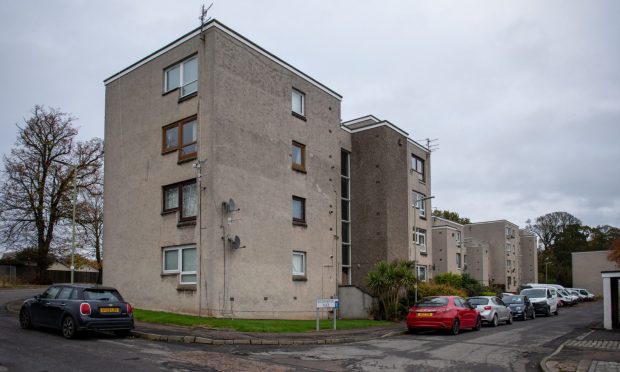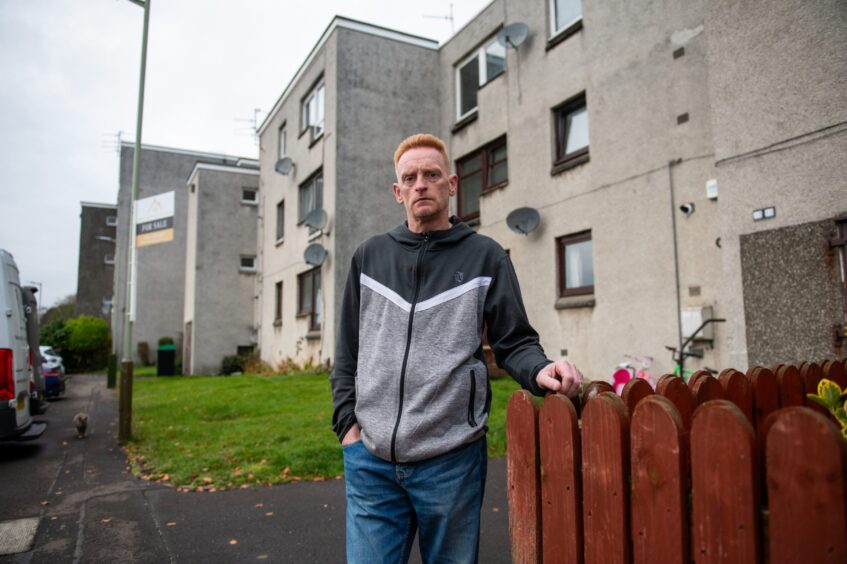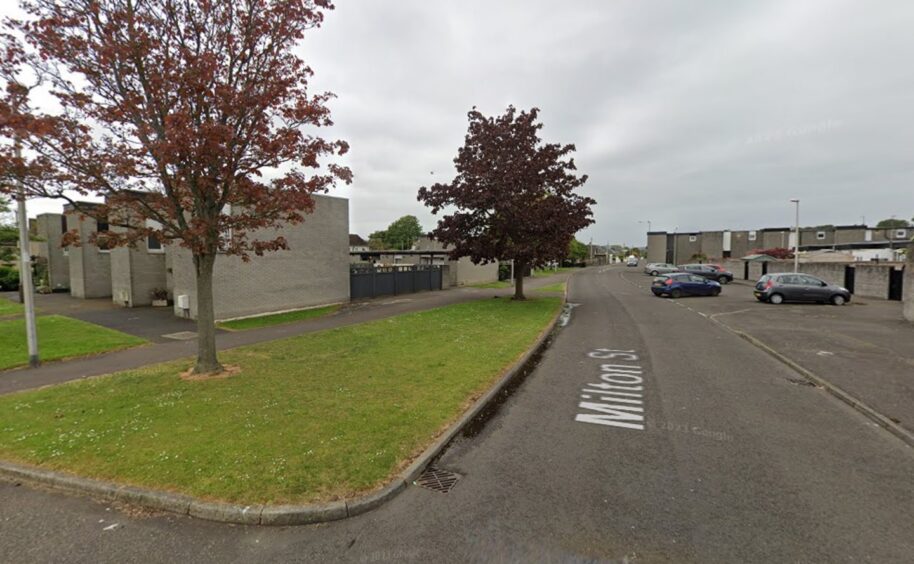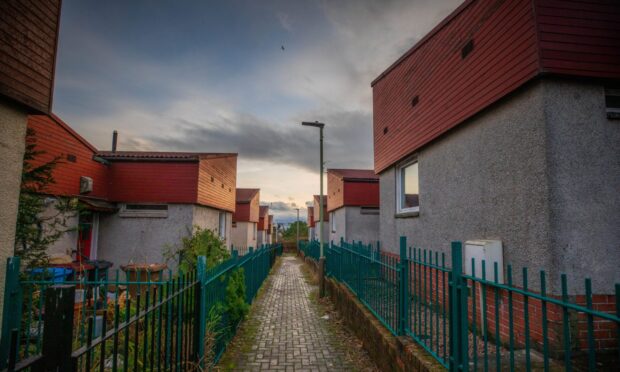Decay-prone concrete has been found to be present in hundreds of homes across Dundee and Angus.
Reinforced autoclaved aerated concrete (Raac) was used as a cheaper and lighter alternative to heavier concrete in both public and private buildings.
But last year concerns emerged about the durability of the material, which was primarily used between the 1950s and the 1990s.
This led to local authorities across the UK inspecting their housing stock to determine if the concrete is present.
In both Dundee and Angus, numerous council houses are impacted.
The local authorities for Fife and Perth and Kinross say they do not believe any of their housing stock has been constructed using Raac.
But how many houses in Dundee and Angus are impacted and what is the council’s advice to those who are worried about their home?
Dundee
Although used elsewhere in floors and wall panels, in Dundee Raac was used solely in roofs.
Dundee City Council (DCC) have determined 81 blocks of flats and 293 cottages in the city have Raac present.
Of the affected properties, two blocks of flats and 131 cottages are privately owned.
Structural engineers have inspected all of the 79 blocks of flats which are either mixed tenure or wholly owned by the council, and the 162 cottages owned by DCC.
These have been categorised frequency of re-inspection required: 12 months, six months or remedial action required.
Of the two blocks of flats and two individual flats where remedial action is required, a project is currently being designed to remove and replace the roofs.
In fully tenanted properties, the costs will be met by the council, while in mixed tenure blocks, the council will be entitled to recharge owners for their share of the costs.
DCC says it has no ongoing maintenance responsibilities or liability towards owners who bought their former council properties under the ‘Right to Buy’ scheme.
This also extends to any subsequent owners.
Homeowners are being notified of the council’s findings and advised to urgently seek independent structural advice before undertaking any necessary action.
Further information can be found at the housing and construction section on the Dundee City Council website.
Angus
All relevant Angus Council tenants have been contacted to undertake preliminary and precautionary inspections of all suspected properties where Raac may be present.
These inspections allow the council to gather essential information to determine if Raac is present, and bring forward a programme of repairs, if required.
Those living in former council owned properties where Raac was used in the construction have also been contacted and advice provided.
Angus Council adds: “If you are a homeowner or landlord and you suspect or have been made aware that Raac could have been used in the construction of your property, you may wish to consult your own professional advisors including a building surveyor or structural engineer and speak with your home insurance company for further advice.
“If you are a private tenant and you suspect or have been made aware that RAAC could have been used in the construction of your property, you should speak with your landlord in the first instance to discuss your concerns.”
Reputable building surveyors and structural engineers in your local area can be found here:
What is the independent advice?
The Royal Institution of Chartered Surveyors advises members of the public not to attempt to identify whether there is Raac in their building themselves.
Instead, those concerned should use a suitably qualified professional, such as an RICS chartered building surveyor or chartered structural engineer.
They that whilst Raac poses durability and structural concerns, there is no evidence to suggest it poses any other health risk.
We are looking to speak to those whose lives have been impacted by the crumbling concrete.
If your home is affected by the Raac crisis, please email news@dcthomson.co.uk.














Conversation